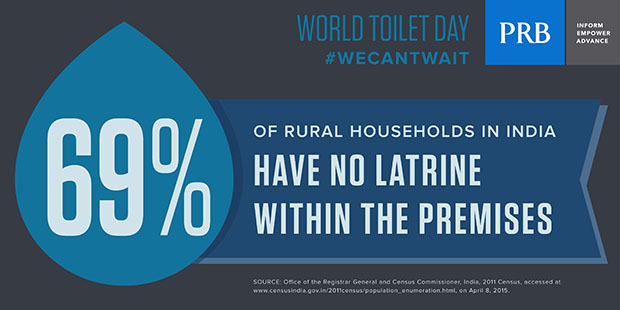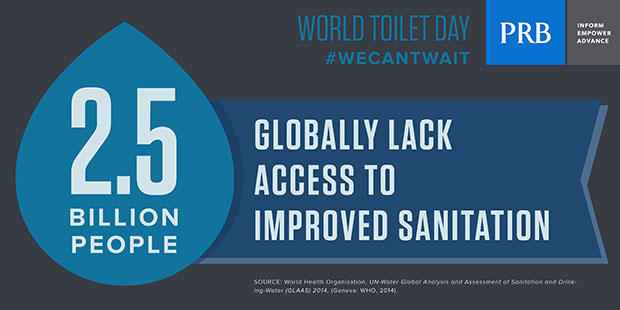Heidi Worley
Former Program Director

November 19, 2015
Former Program Director
Shortly after he was elected in 2014, Indian Prime Minister Narendra Modi pledged to provide access to a toilet at every school and home in the country by 2019, the 150th anniversary of Mahatma Ghandi’s birth. His campaign, called Clean India, means the government will have to build 60 million toilets in that timeframe. So far, about 9.5 million toilets have been built, according to the Indian Ministry of Water and Sanitation.
Modi’s approach is to use improved sanitation as a tool to combat poverty, develop the economy, and make India more attractive to business investment. The proposition is not an easy one: Half of India’s population, at least 620 million people, defecate outside. Cultural norms are hard to change and according to some, open-air defecation is seen as more sanitary by those who prefer to relieve themselves in the open rather than share a toilet.


(Right-click on the images above to save).
Another reason to make the shift is child health. In India, almost 48 percent of children across all income groups are stunted, a form of malnutrition in which children are shorter than normal for their age. Stunting happens over time and can be caused by a variety of factors—inadequate maternal nutrition, poor feeding practices, substandard food quality, and frequent infections that can lead to diarrhea. Learn more about the connections between stunting and sanitation at “Water, Sanitation, Hygiene, and Malnutrition in India.”
